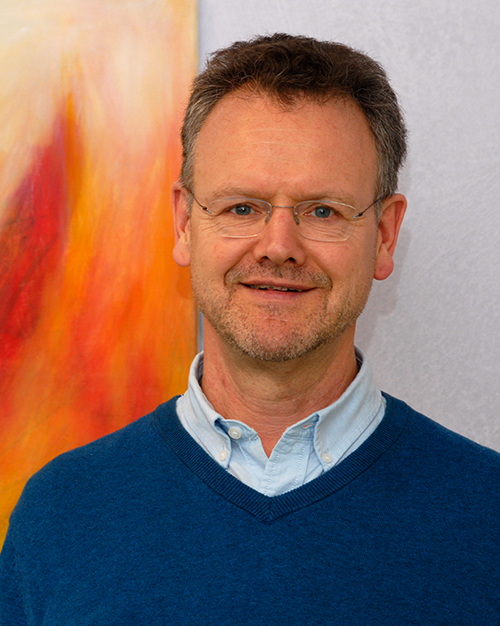
Hyperthermia treatment – Germany cost coverage by statutory health insurance providers or cost reimbursement by private health insurers for complementary cancer therapy
Complementary cancer therapies such as hyperthermia unfortunately are not always covered by health insurance. As of now, there is no general cost coverage mandate, although studies have already proven for multiple tumor types that chemotherapy and radiation are more successful when they are combined with hyperthermia. Several court rulings of the past years have obligated statutory health insurance providers to cover such costs in individual cases. These court decisions make us hopeful that more complementary treatments will be covered in the future. This article explains which cost coverage you are entitled to as a patient and shares tips on aspects to watch out for in cost coverage requests.
Cost coverage for hyperthermia treatments by health insurance providers #1: Statutory health insurance providers – Distinction of in-patient and out-patient treatment
If hyperthermia is administered as part of your in-patient hospital treatment, the cost is included in the in-patient therapy and will be covered by statutory health insurance for the duration of your hospital stay. In contrast, patients are not eligible for cost coverage in the case of out-patient therapy. This can only be changed by a “favorable” rating of the therapy by the Federal Joint Committee of Insurance Companies and Physicians (GBA). In that case, the treatment would be added to your health insurance provider's service catalog and the cost would be covered. A 2005 ruling by the Federal Constitutional Court may favor the cost coverage of complementary treatments such as local hyperthermia. It stated that patients have a claim to cost coverage if “treatment for life-threatening diseases, for which no further generally accepted treatment options exist, has at least a small chance of a noticeable positive effect on the course of the disease.” However, this decision is not enforceable and case-by-case decisions are frequently based on the goodwill of the health insurance provider.
Cost coverage for hyperthermia treatments by health insurance providers #2: Tips for cost coverage requests to statutory health insurance providers
Health insurance providers and their Medical Service for the Health Funds (MDK) have quite a bit of leeway in the assessment of medical cases. We recommend arranging for a personal meeting with your health insurance provider. You should be able to present a personal treatment plan that shows the anticipated therapeutic scope and costs. A local hyperthermia treatment series generally comprises approximately 25 one-hour sessions over 8 weeks. It is helpful to have a certificate by your treating physician to document that conventional treatment options are limited, that incompatibilities have to be expected, or that no further treatment is available. If possible, cost coverage requests should be submitted prior to starting your hyperthermia treatment.
Cost coverage for hyperthermia treatments by health insurance providers #3: Insurance coverage and cost reimbursement by private health insurers
For privately insured patients, the cost of local hyperthermia is covered in conjunction with chemotherapy in accordance with the Fee Schedule for Physicians (GOÄ), section 5854. Because the interpretation of this section varies among private insurers, hyperthermia is frequently also covered in combination with radiation therapy or as a monotherapy. As in the case of patients with statutory health insurance, we recommend that privately insured patients request cost coverage prior to the start of treatment.
Health insurance cost coverage for hyperthermia treatment – Summary: Multiple studies have produced promising results, and experts are hoping for general costs coverage.
A number of studies have already shown that local hyperthermia, in combination with conventional treatments such as chemotherapy and radiation therapy, can achieve a higher success rate. For example, cervical cancer patients were treated with a combination of radiation therapy and local hyperthermia, which significantly increased their survival rate according to a study by J. van der Zee. Based on this study and its outcome, hyperthermia is now considered part of standard therapy as a complementary measure for the treatment of cervical cancer in the Netherlands. Dr. Ellen Jones of Duke University in North Carolina, USA, documented in a study of recurrent breast cancer that 68 percent of patients who received radiation in combination with hyperthermia experienced tumor regression. In a comparison group receiving only radiation therapy, this success marker was only reached in 24 percent of patients. Treatment successes were also reported in patients with sarcoma, recurrent brain tumors or bladder cancer. Clearly, complementary treatments such as hyperthermia are not medical mumbo-jumbo. They expand our options to fight cancer and to extend survival rates – even though a complete cure is never guaranteed. Among physicians providing complementary treatment, there is much hope that methods such as hyperthermia will receive greater recognition in the near future and that insurance providers will be obligated to cover the associated cost as a general rule.
Dr. Michael Hülser
